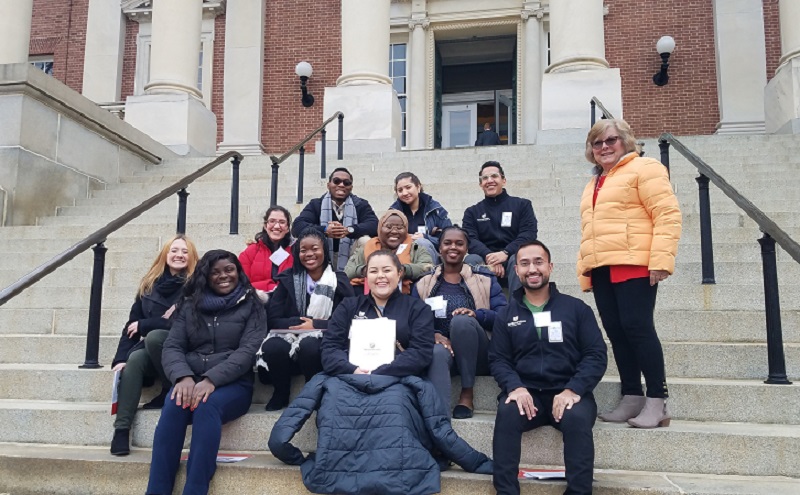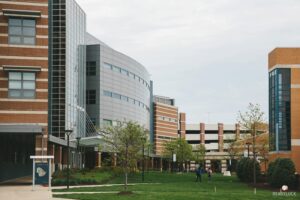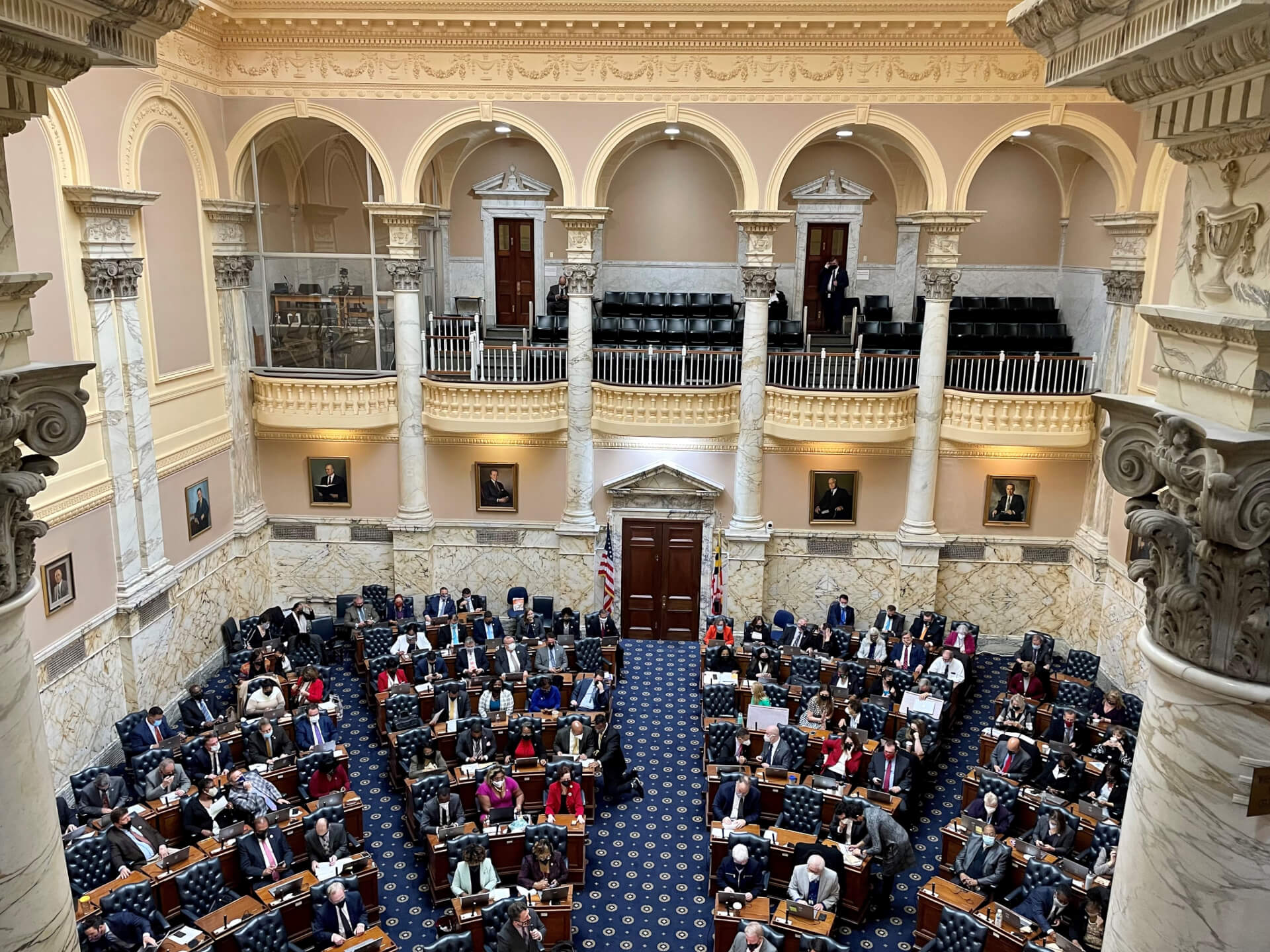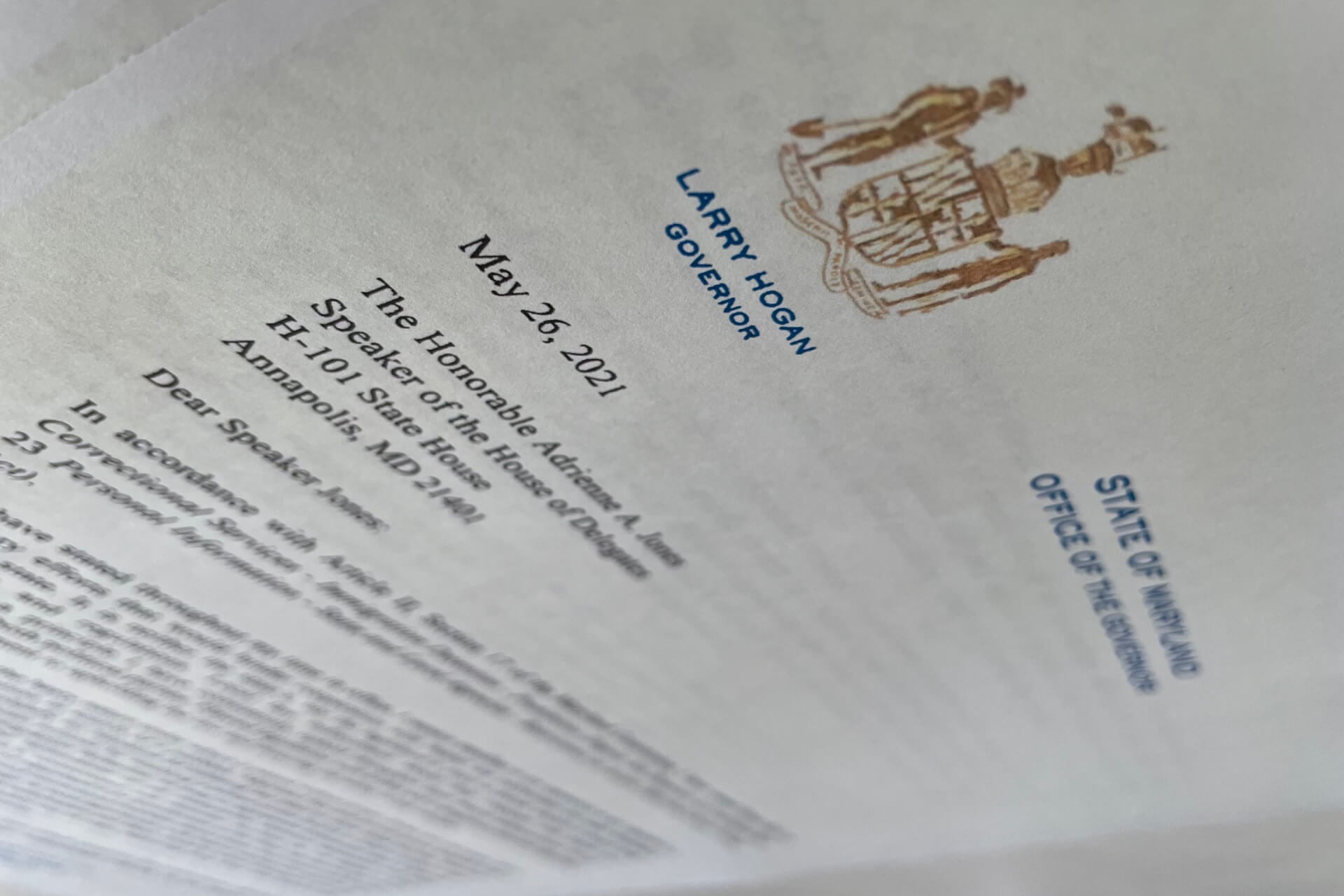Opinion: After 20 Years, Unique Maryland Campus Stands Tall as Visionary Higher Ed Model

As incredible as it sounds, we’re already fast approaching the milestone year of 2020. Many in our region will be using the occasion to take a look back on the various decisions that state and local officials have made in past years and decades to plan for future success. We would submit that one very visionary decision in Maryland to create a unique model for higher education will hold up firmly as a forward-thinking, common-sense approach, even with the benefit of 20-20 hindsight.
Twenty years ago, a cadre of community leaders came together to brainstorm a solution to what was then seen as Montgomery County’s greatest weakness, despite its economic strengths and assets. That weakness was the lack of a public university within the county’s borders.

The Universities at Shady Grove campus.
While there was much talk about what it would take to create such an institution, that visionary cadre – comprised of education leaders, elected officials and business executives – turned instead to a more innovative and groundbreaking solution, one which resulted in what we now know as The Universities at Shady Grove, or USG.
USG is not one university, but a unique partnership of nine Maryland public universities that work together to bring their most in-demand undergraduate, graduate and professional degree programs, that align with the needs of regional employers, to a single, full-service campus that is conveniently located in Rockville.
As a regional higher education center of the University System of Maryland, USG offers the third- and fourth-year coursework of the various undergraduate degree programs that are available. Students who come to the campus to complete a bachelor’s degree have often already completed an associate’s degree or 60 credits from another college or university, including nearby community colleges, such as Montgomery College and others.
The campus currently serves more than 3,000 students annually and will soon have the capacity to expand to nearly 8,000 a year, as construction is almost complete on a new 220,000-square-foot, state-of-the-art Biomedical Sciences and Engineering Education Facility. The new building opening this fall – the fourth education facility on the USG campus – is specifically geared toward meeting the needs of Montgomery County’s future workforce, by preparing students for careers in the science, technology, engineering, mathematics and medical sciences fields. Our partners from the University of Maryland College Park; the University of Maryland, Baltimore; and UMBC will all be bringing new STEMM programs there by 2020.
USG is an especially ideal option for professionally focused students, including many first-generation college students who want to earn degrees from one of the participating state universities, but may not have the resources or the accessibility to do so at the universities’ home campuses around the state. Degree and certificate programs offered at USG are available on a full-time or part-time basis, with classes offered days, evenings and on weekends, allowing students the flexibility that comes with being able to live, work and study close to home.
In recent years, together with Montgomery County Public Schools and Montgomery College, USG launched the Achieving Collegiate Excellence and Success program, serving thousands of students that are typically underrepresented in higher education — including minority, low-income and first-generation college students. The program provides students with a seamless and supportive pathway to a bachelor’s degree, working with the students throughout their educational journey, from high school through their college years.

Michael Knapp (left) and Stew Edelstein
Over the past nearly two decades, more than 11,000 students in total have earned their degrees from USG’s partner universities, while taking classes and enjoying a robust student life experience, conveniently and affordably at the campus in Montgomery County. Data compiled by the University System of Maryland points to USG’s success, as indicated by the fact that the four-year graduation rate for undergraduate students attending USG is 71 percent, compared to 56 percent throughout USM, on a statewide basis.
The bottom line is that the USG model has proven that it works – not only for students, but also for the partner universities that are able to expand in their ability to deliver high-impact degree programs, for the businesses and employers whose continued success depends on being able to attract a well-prepared and diverse workforce, and for the overall economy of the county and state. Best of all, it’s a cost-effective model for students, who can save approximately $8,000 by completing the 2+2 community college to university pathway, which also saves the state $14,000.
What’s especially heartening is that in proving how successful this model for higher education delivery can be, USG has also become a model for other regional higher education centers across the state of Maryland and around the nation.
Back in 2000 when the Universities at Shady Grove first opened its doors with degree program offerings for full-time students, a small, but mighty cohort of about 200 students took a leap of faith and became part of what was then a great experiment in the world of higher education. Today, like the visionaries who founded USG, those first students – and graduates – can proudly say that they were visionaries, too.
Here’s to celebrating all of the students who will continue to reap the benefits of the USG model for success in 2020, 2030 and well beyond.
–Stewart Edelstein and Michael Knapp
Dr. Stewart Edelstein is executive director of The Universities at Shady Grove and associate vice chancellor for academic affairs, University System of Maryland. Michael Knapp is chairman of The Universities at Shady Grove Board of Advisors and CEO of SkillSmart, a Germantown-based technology firm.
Did someone forward this to you?
Get your own daily morning news roundup in your inbox. Free. Sign up here.




 Creative Commons Attribution
Creative Commons Attribution